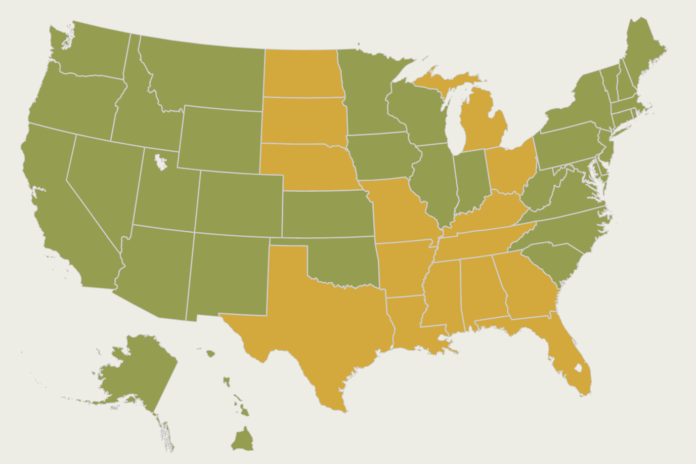
Last week, the Department of Housing and Urban Development announced that they will begin investigating “all complaints of sex discrimination, including discrimination because of gender identity or sexual orientation, that meet other jurisdictional requirements.” This means that there is a federal option for LGBTQ people to pursue if they have been discriminated against at a federally funded housing facility. Such buildings include homeless shelters, public housing, and any housing that receives funding from the federal government. The announcement went on to say that “if discrimination because of gender identity or sexual orientation occurs in conjunction with discrimination because of another protected characteristic, all such bases shall be included within the complaint, investigated, and charged where reasonable cause exists.”
It’s good to have a government which understands that not only do LGBTQ people often face discrimination in housing, but that LGBTQ people who belong to other marginalized groups often face even more discrimination. It’s a true paradigm shift from what we’ve been going through the past four years. The Trump administration wasn’t a believer in intersectionality. It’s probable that they didn’t know what the word means.
This federal avenue for people to file housing discrimination complaints is not going to eliminate housing discrimination, but it might prevent it from happening in some instances, and it might provide justice in others. And in 2021, some instances are better than zero. For areas with existing local and state protections against housing discrimination, additional federal protections are a good step forward to ensure a better path forward for equality. And in areas that don’t have local or state protections, it’s a good first step.
Often times, the federal government is the one who has to set the bar. This is most obvious when it comes to the Supreme Court.
In 1954, until the Supreme Court’s decision in Brown v. Board of Education, 27 states had forced or limited segregation in schools. In 1967, before the decision in Loving v. Virginia, 16 states still had laws prohibiting interracial marriage. And in 2015, before the Supreme Court’s monumental decision in Obergefell v. Hodges, 15 states had same-sex marriage bans. Sometimes, unfortunately, people need to be forced to do what’s fair.
That said, the federal government has also often been behind the times and not done the right thing. This is why local and state government protections are equally important. In an ideal world, the LGBTQ community would have all three: local, state, and federal protections in housing, employment, and public accommodations. Right now, the situation is truly piecemeal. Some locations might provide LGBTQ people with one or two levels of protections. In very few places, depending on the issue (such as public housing nondiscrimination), some places might have all three. And sadly, many places in the United States do not provide LGBTQ people with any protections against discrimination, despite copious evidence that such discrimination exists.
As a community, it’s important for us to recognize the gains made. But it’s even more important for us to remind our city, state, and federal governments what still needs to be done to ensure that all LGBTQ Americans, no matter their location, have fair and equal protections under the law. Piecemeal protections are not good enough, and they never will be.